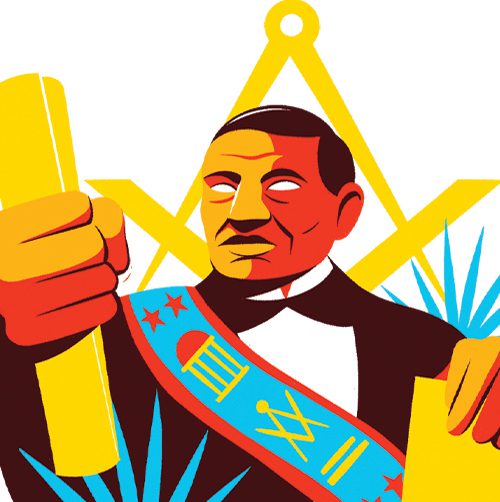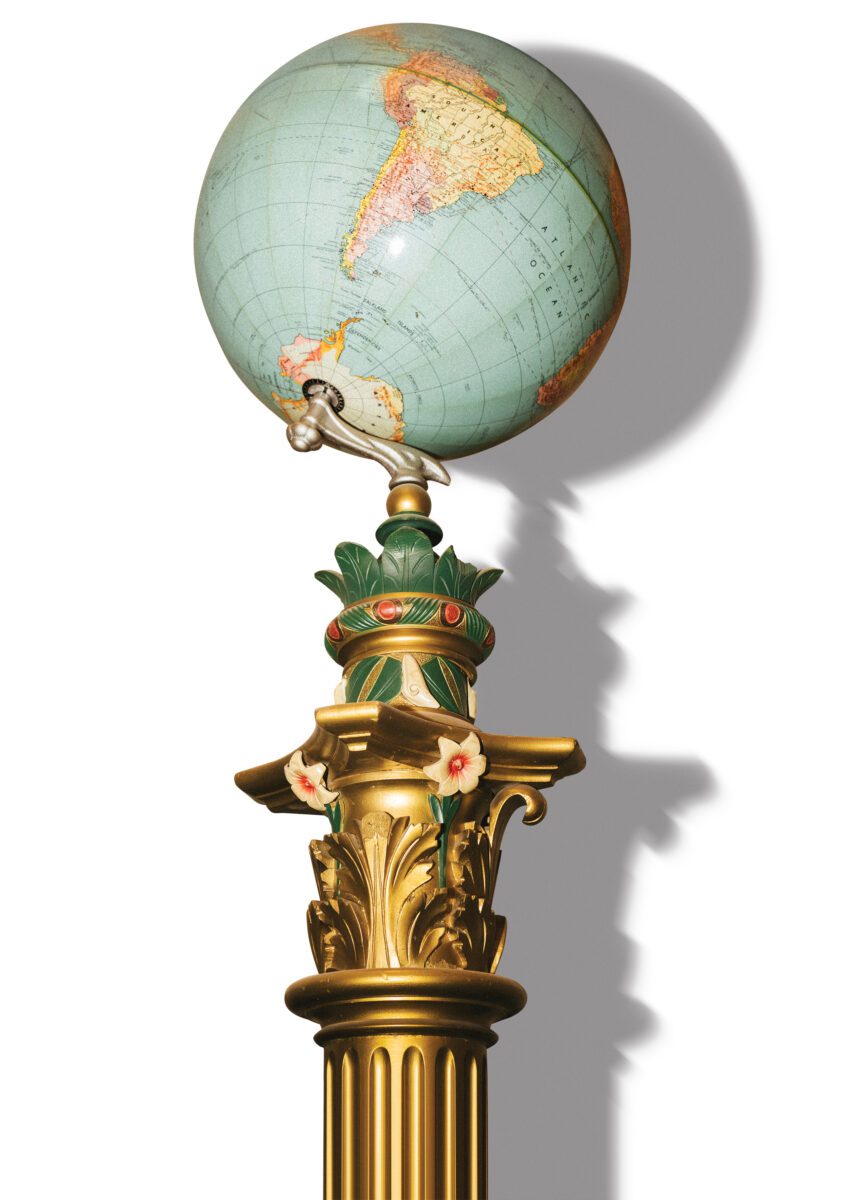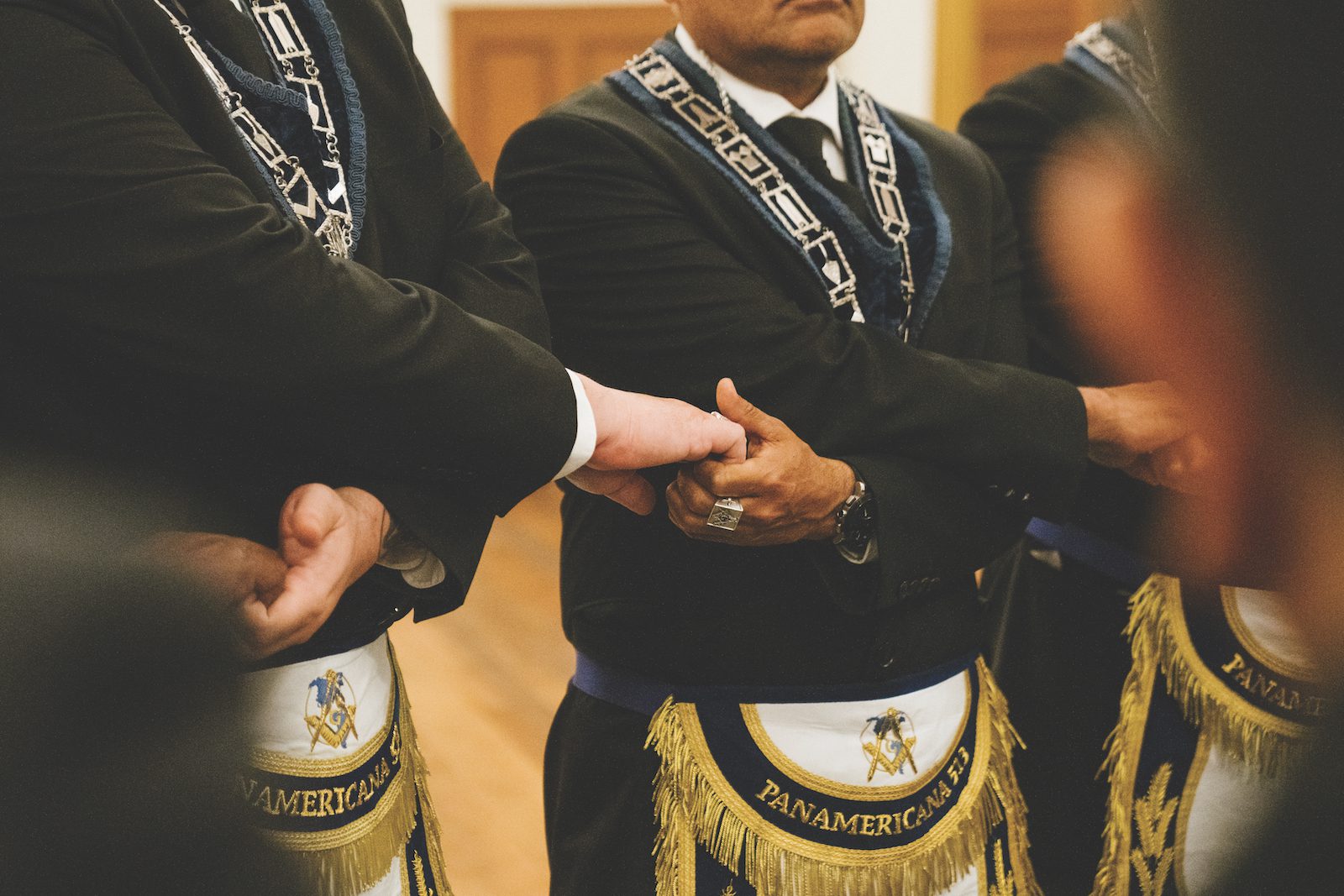
Latin America’s Masonic Liberators
In the revolutionary movements of Latin America, Central America, and South America, Freemasons were front and center.

Unlike their counterparts in the United States, Masonic bodies in Latin America historically have embraced ritualistic diversity. Because of the region’s British, French, Spanish, Portuguese, and U.S. colonial influence, this approach spawned a wide array of Masonic practices. The result has been an enthusiastic embrace of several Masonic rituals in Latin America. Here, Diego Arana and Tadeu Matheus, the regional secretaries for Central and Latin America of the Quatuor Coronati Correspondence Circle, offer an overview of some of the most notable Masonic rites found south of the border.
The Scottish Rite is the most common Masonic system in the world—including in Latin America. Whereas many American Masons are familiar with its fourth through 32nd degrees, the Scottish Rite in Latin America is different in that the vast majority of lodges there also confer the rite’s first three (or “craft”) degrees. Contrary to its name, the Scottish Rite grew out of various French “high degree” systems and was exported throughout Europe and the new world. These “red” lodges were largely brought to Latin America by French and Spanish military groups.
The York Rite comprises three bodies that members pass through after completing the craft degrees: the Royal Arch Chapter, the Royal and Select Master Council, and the Knights Templar Commandery. Also known as the American Rite, it’s most widely practiced in the U.S., from which it was introduced to Mexico in the 1820s. In the 20th century, the rite was revived in Mexico through a series of English-speaking expat lodges. That grand lodge still exists, today comprising some 20 “blue” lodges.
The seeds of this rite, known as the Rito Nacional Mexicano, consisting of nine degrees, were planted in revolutionary France, but found their full flower in Mexico in 1825. Like all 19th century Mexican lodges, the rite struggled for survival amid political upheaval, but ultimately survived and still exists as one of the most distinctive systems of Masonry in Latin America. Similar to the French Rite, the National Mexican Rite tends to feature an adogmatic approach to the craft, including a long history of women’s and coed lodges.
This ritual was formed in England following the union of the Premiere and Antient grand lodges in 1813. Today, it remains one of the most common rituals there and in countries where the United Grand Lodge of England has been or remains active.
Developed in early 19th-century Germany, the Schröder Rite has a small presence in South America thanks to the German community there. A unique aspect of this ritual is its penchant for humanism, which focuses on the responsibility and impact of the human race instead of the divine or super-natural. Its unique blend of philosophy is distinctive among Latin American Masonic rituals.
Memphis-Misraim is a blend of several Masonic rites and is sometimes referred to as the Ancient and Primitive or Egyptian Rite. Formalized in Italy in the late 1880s, in some countries, it can contain up to 99 degrees. Generally unrecognized by mainstream Masonic bodies, it’s often worked in coed lodges and has an interesting history filled with quasi-Masonic celebrities, such as the Italian military hero General Guiseppi Garibaldi and the occultist Theodor Reuss.
This rite, developed in France in the 18th century, supposedly takes its name from the biblical figure of Adoniram, whom some consider to be the true architect of King Solomon’s Temple. The rite consists of up to 12 degrees, similar to the Scottish Rite, terminating with a form of the Rose Croix degree. Its teachings propagate the idea that Freemasonry originally stemmed from the Middle and Near East. It’s been worked in Brazil since the early 19th century.
The French Rite has an incredibly rich history. It was born in 18th-century France and has since found popularity in Brazil and elsewhere. The rite consists of seven degrees and has been embraced by many coed lodges and other continental-style Masonic bodies. The rite professes some unique lessons that trace to the earliest days of Freemasonry.

In the revolutionary movements of Latin America, Central America, and South America, Freemasons were front and center.

The Masonic Center for Youth and Families provides therapy, counseling, and emotional support for all ages, from teens to seniors.

For members of California’s two official Spanish-speaking Masonic lodges, the sense of brotherhood is twice as strong.